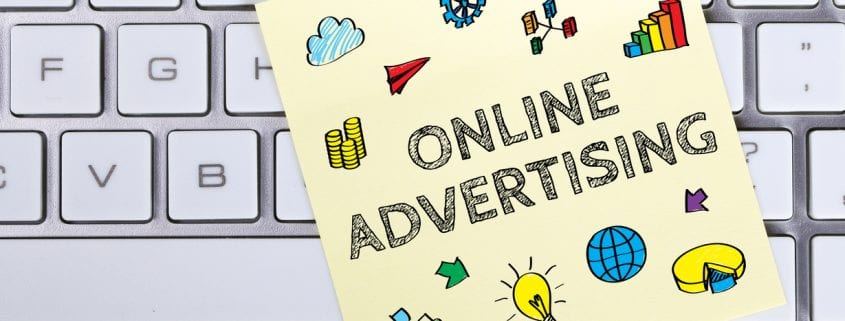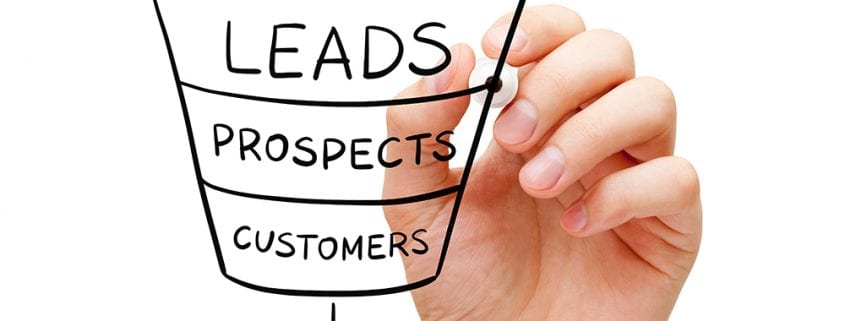The final article in this series, focuses on the final stage of the buyer’s journey: the decision making stage. Previously our view of inbound marketing was from a marketing heavy stance. Here, we’ll shift to sales and how to use personal selling during the decision making stage. Your prospective buyers have finally made it to the bottom of the funnel. All of your hard work with content, landing pages, social media and marketing has paid off. Your leads are now ready for sales.
At the decision making stage, your buyer is already 60% of the way towards their decision and you can attribute that virtually all to marketing. You’ve heard the adage, “You can bring a horse to the water, but you can’t make it drink,” and this couldn’t be any more true in inbound marketing. And in all likelihood, despite some cleverly crafted and personalized lead nurturing campaigns, the personal aspect of your buyer’s journey with your company’s sales team is just beginning.
Deliverable Content
A more traditional approach to getting buyers to make a decision was to draft bottom of the funnel content. This used a “Speak to Sales” or “Request a Consultation” button to get sales involved in the buying process. Many buyers roll their eyes at the prospect of speaking to a sales person, so the new approach deals more with deliverable, downloadable content.
While marketing does close to 60% of the work in getting your leads sales ready, content’s job isn’t quite done. Your buyers are looking for the final piece of your content puzzle to help them know that going with your brand is the best thing for them. Offering deliverable content with personal selling is an excellent way to optimize your brand’s efforts during the decision making stage.
Content at this stage of the buyer’s journey is generally geared towards giving the buyer added value. Offers can include case studies, free assessments, service comparison, or product literature. Of course, the content you tailor to your buyer all goes back to your buyer personas.
Personal Selling in the Decision Making Stage
Once marketing has done their job, qualified their leads for sales, and your leads have shown the behaviors associated with sales readiness it’s time to bring in the sales team.
For your sales team, personal selling will deal with getting inside your buyer’s head and asking questions they’re asking themselves. Some of the fundamental questions a buyer will likely be asking as they vet potential sellers are:
- What specifics of your product or service do the buyers typically evaluate?
- How do buyers evaluate those products or services?
- What sets your brand apart for buyers?
- Who is involved in the decision and how to their perspectives differ when making the decision?
By answering those basic questions for your buyer before a sales call is even made will make a huge difference for how well prepared your sales team is. Also, it’s critical for marketing to communicate with sales and pinpoint exactly what your buyer’s journey look like. This way, sales and marketing are on the same page and your buyer isn’t left with redundancy during their personal interactions.
How do you drive website conversions throughout the buyer’s journey? Find out by clicking here.
Tailoring Sales to the Buyer
Finally, let’s focus on tailoring a sales presentation to your buyer. Inbound salespeople are tasked with advising a prospective buyer on how your brand’s unique position fits the context of the buyer’s need, but that is the bottom of the four step inbound sales process. The four step inbound sales process includes identifying the buyers problem, connecting with prospective buyers, and exploring solutions. Smarketing helps align those stages of the buyer’s journey to the inbound sales processes.
The presentation your sales team give to a sales-ready lead should be 100% tailored to your buyer. Hopefully, you’re already leveraging every possible avenue to identify your buyer on a personal level and create a sales presentation that hits home. Those types of presentations may include consultations, demos, or guided case studies where sales takes a buyer through the information.
Just the Beginning of Smarketing
The decision making stage is only the beginning of your sales and marketing efforts for your brand and personal selling is the cornerstone to your sales-marketing marriage. Hopefully through this series of articles, you’ve been able to see with your own eyes the value of smarketing. Inbound is only the beginning of how your sales and marketing come together. The fruits sales and marketing produce will be immeasurable over time.























